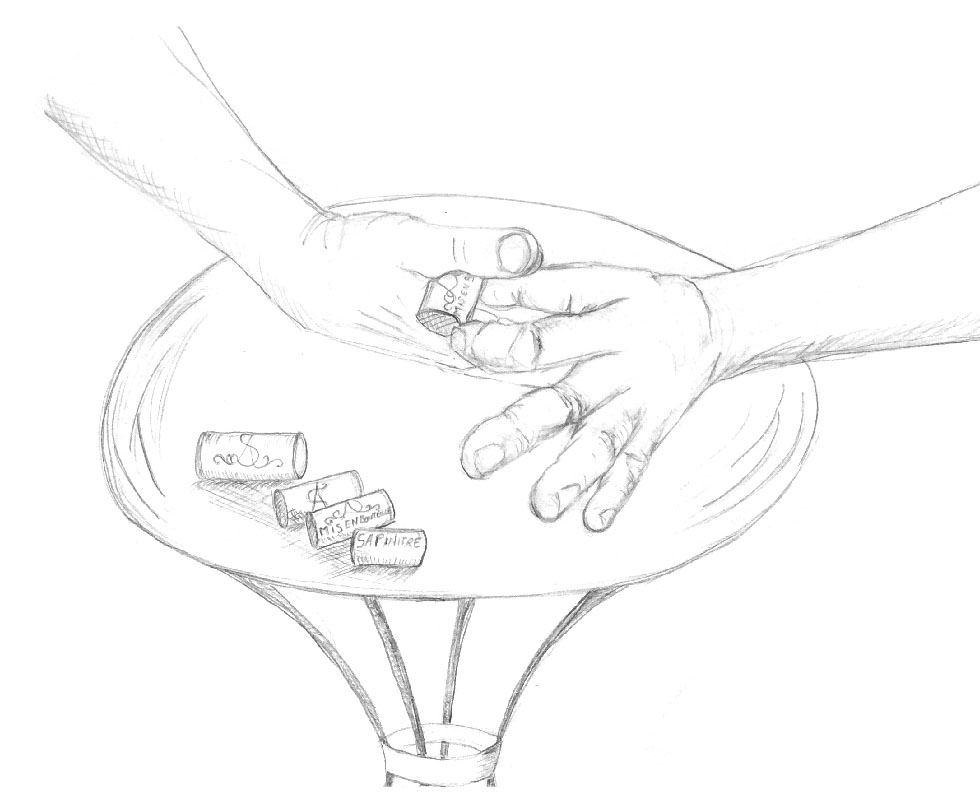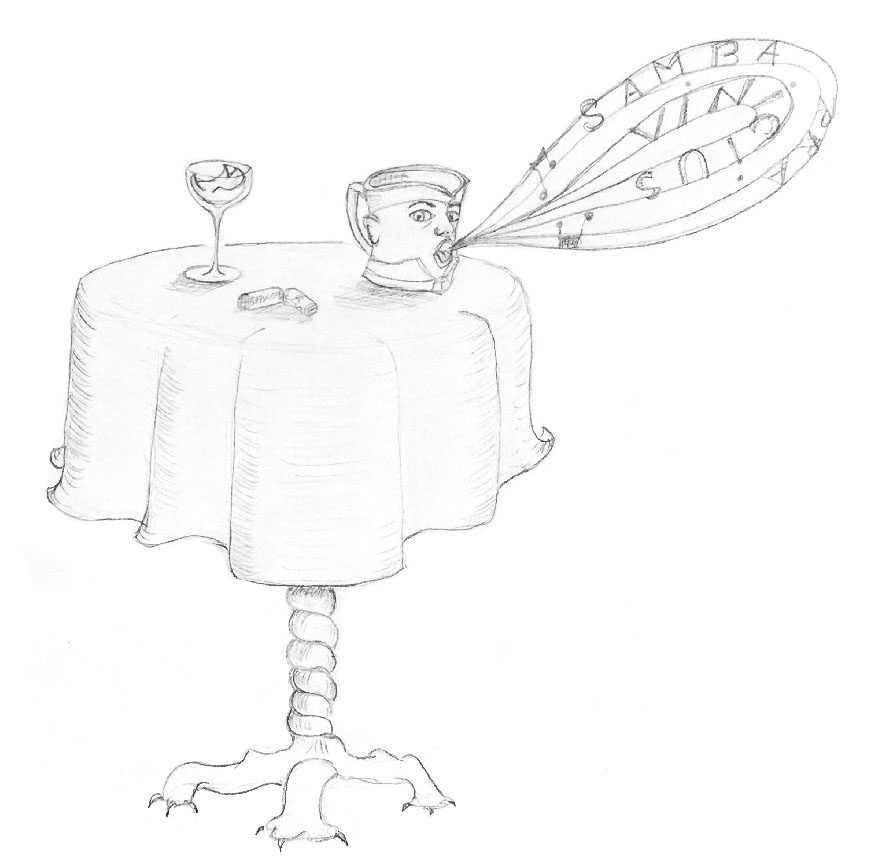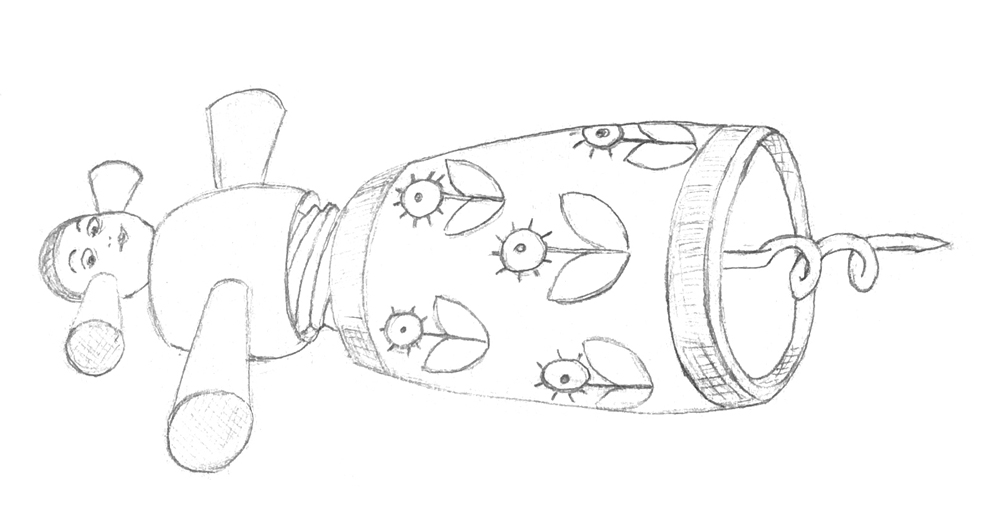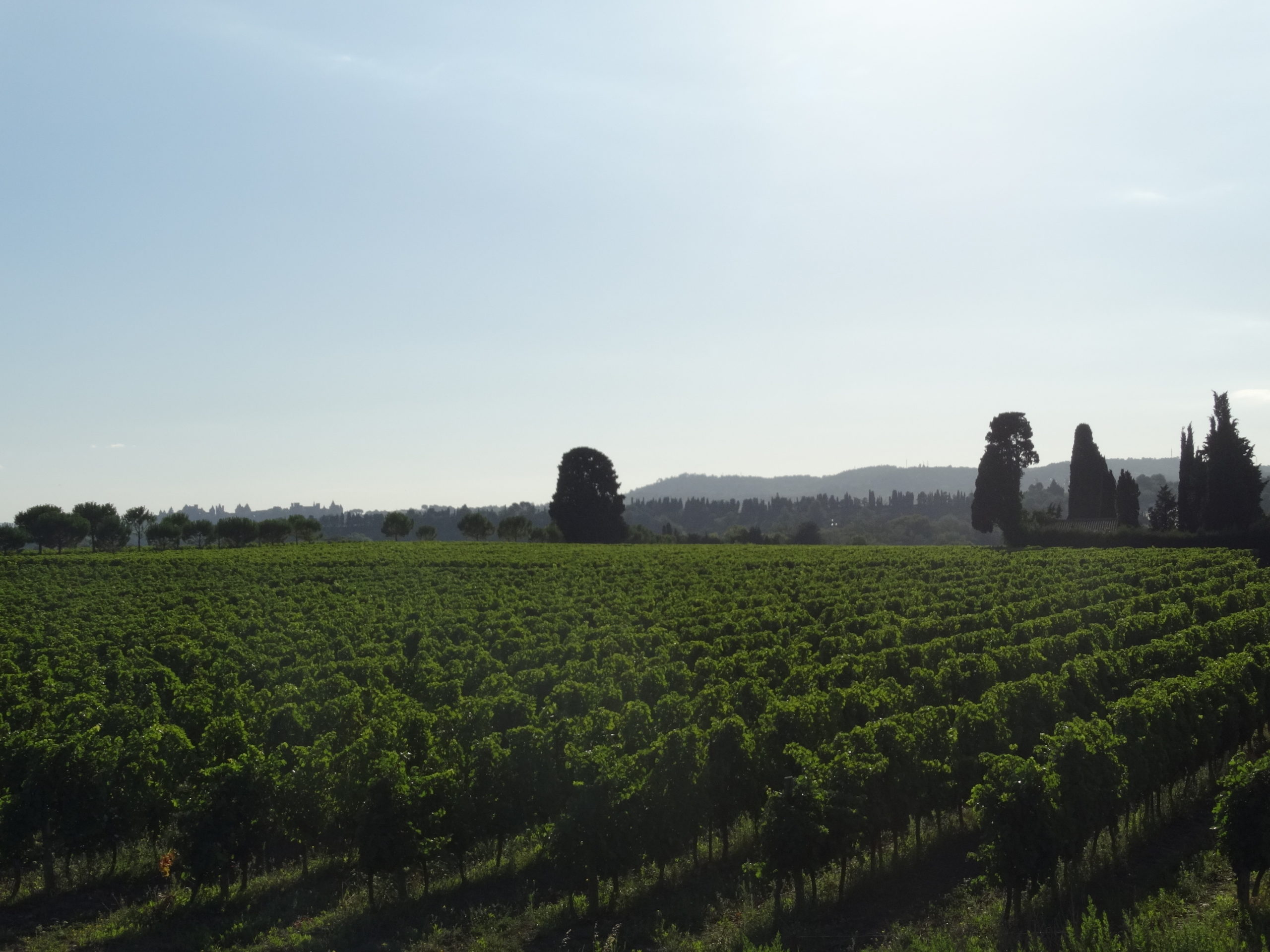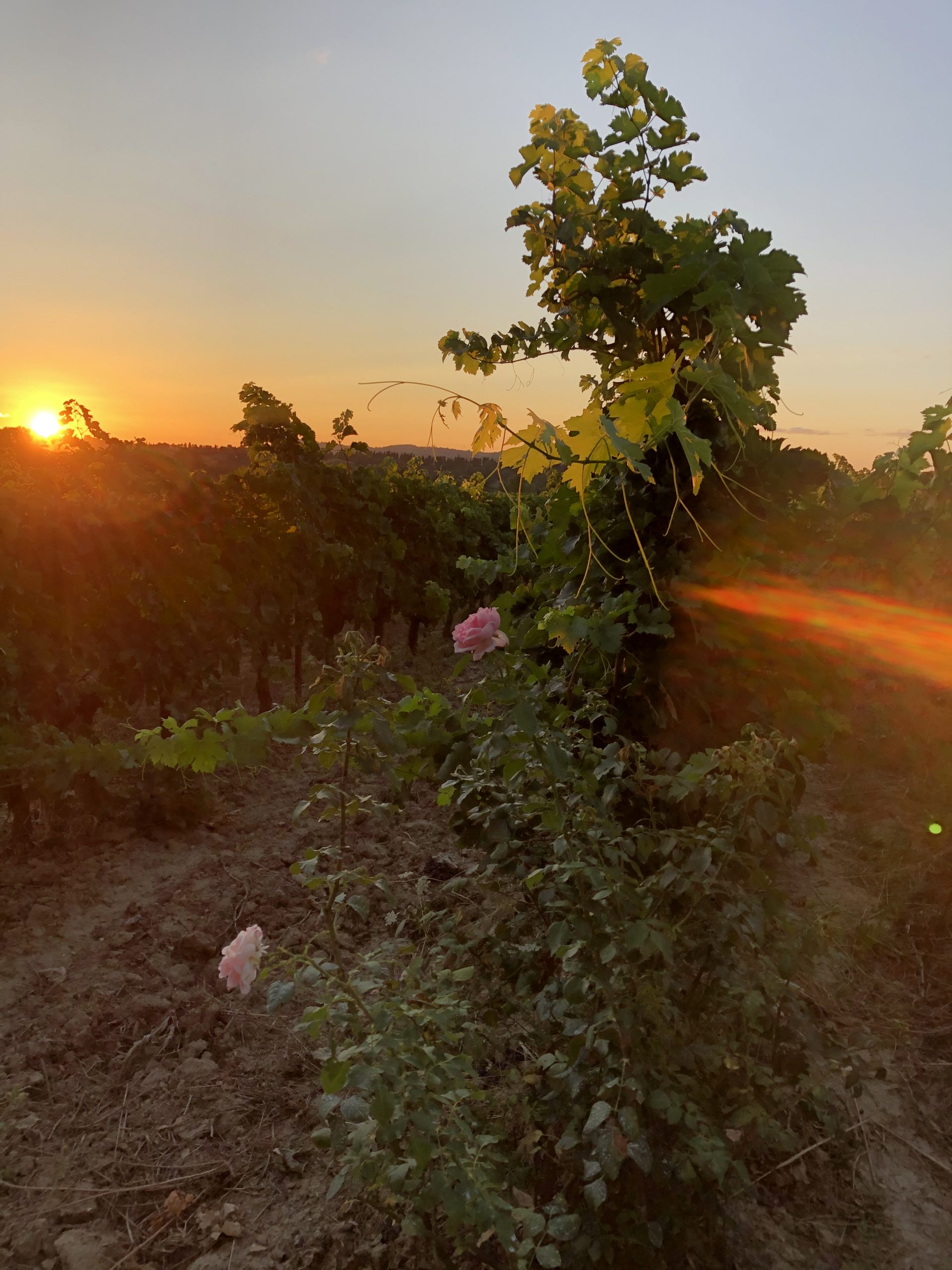History
La Sapinière was originally home to a Gaulish-Roman camp and still boasts a cistern dating from that period. The vineyard took its name from the first trees (sapins – fir trees) that grew in what are now its grounds; these trees were given to Eugène Viollet-le-Duc to help him rebuild parts of the Château Comtal in Carcassonne.
In 1865, Pierre Clarenc, a merchant from Bordeaux, bought several plots of land and constructed La Sapinière’s main building and various farm buildings, converting the estate into a vineyard.
La Sapinière was bought in 1900 by François Embry, then, in 1960, was sold by his daughters to one of their cousins, Georges Ramond. In 1997 Georges Ramond’s grandchildren Dominique and Joelle Parayre decided to begin making wine on the estate again, following a 15-year break in production.
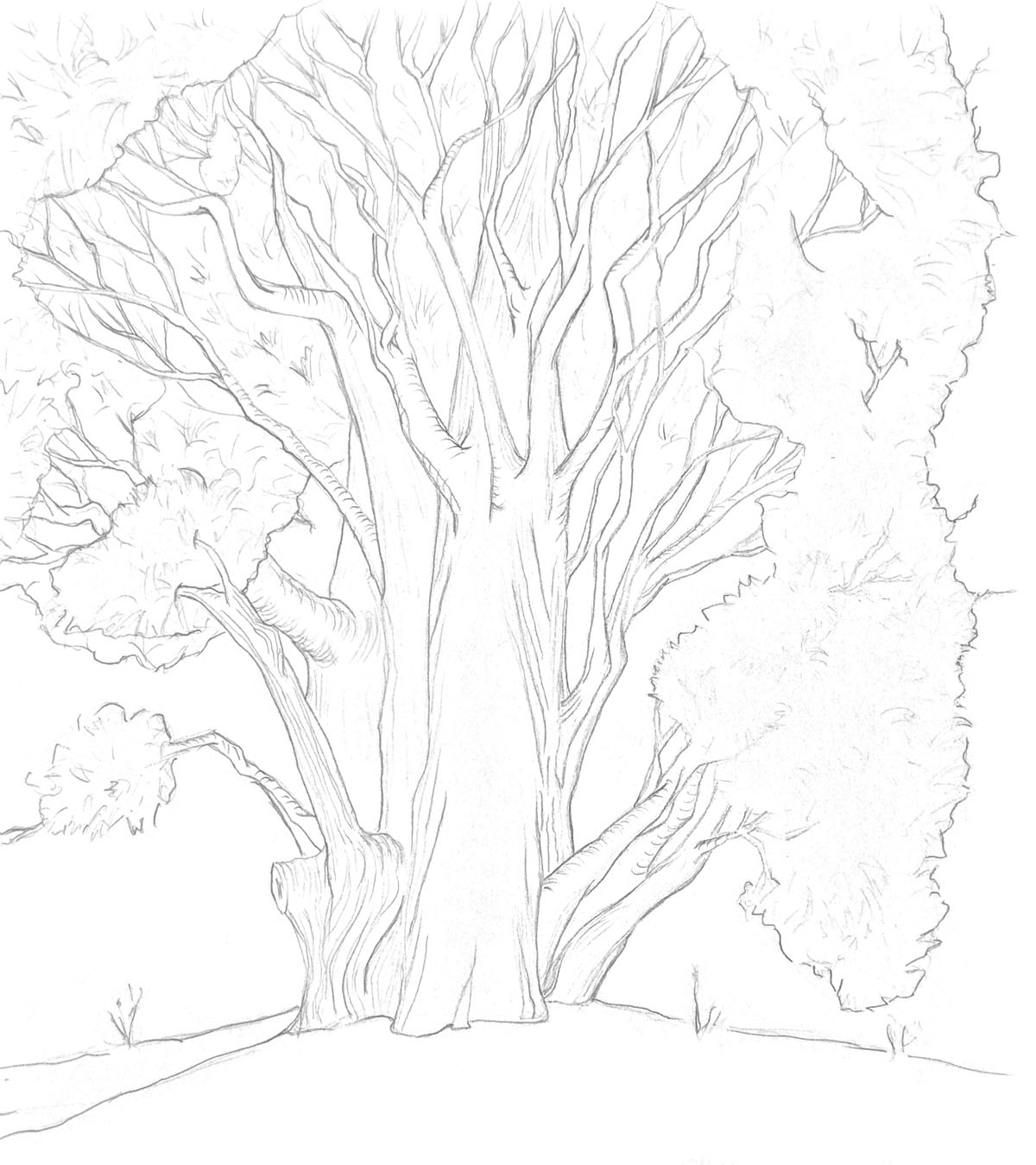
History

La Sapinière was originally home to a Gaulish-Roman camp and still boasts a cistern dating from that period. The vineyard took its name from the first trees (sapins – fir trees) that grew in what are now its grounds; these trees were given to Eugène Viollet-le-Duc to help him rebuild parts of the Château Comtal in Carcassonne.
In 1865, Pierre Clarenc, a merchant from Bordeaux, bought several plots of land and constructed La Sapinière’s main building and various farm buildings, converting the estate into a vineyard.
La Sapinière was bought in 1900 by François Embry, then, in 1960, was sold by his daughters to one of their cousins, Georges Ramond. In 1997 Georges Ramond’s grandchildren Dominique and Joelle Parayre decided to begin making wine on the estate again, following a 15-year break in production.
Life on the vineyard

